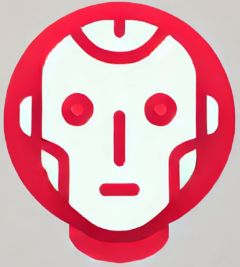Al Gore’s AI Satellite Tracks Soot Pollution
In 2006, former Vice President Al Gore’s documentary “An Inconvenient Truth” jolted the world awake to the dangers of climate change. Fast forward to 2024, and Gore’s fight to protect our planet has surged into orbit. Al Gore’s AI satellite tracks soot pollution from space, turning high-tech eyes toward one of the world’s deadliest—yet often invisible—pollutants: black carbon.
The Power of AI Meets Orbit
Soot—known scientifically as black carbon—has long escaped the typical scrutiny given to CO2. But it’s a potent climate villain, responsible for millions of premature deaths annually and a major driver of glacier melt. Traditionally, tracking soot required boots-on-the-ground monitoring, which seldom offered a global picture. That’s changed with Al Gore’s AI satellite, which now delivers a real-time, global view of black carbon plumes and their origins.
How the Satellite Works
Taking advantage of machine learning and advanced sensor arrays, the satellite captures images of Earth’s surface and atmosphere, detecting subtle signatures of soot emissions. These images are analyzed by an artificial intelligence system—trained to distinguish fire-related soot from industrial pollution—enabling rapid identification and mapping of pollution sources. The technology offers:
- Near-real-time tracking: Soot plumes and hotspots are mapped within hours of satellite flybys.
- Source detection: AI pinpoints whether emissions stem from agricultural burning, wildfires, or industrial sites.
- Accountability: Data can be shared openly with scientists, regulators, and the public.
Global Impact and Local Solutions
The satellite’s data isn’t just academic—it’s already affecting policy and accountability. Governments and organizations can now identify illegal or excessive polluters and enact targeted clean-up measures. Neighborhoods exposed to high soot concentrations—often poorer communities—are now equipped with data to demand action. According to a recent ABC News report, this transparency has spurred pollution reductions in hotspots from India to California.
The Human Toll of Soot Pollution
Black carbon isn’t just an atmospheric statistic: its particles penetrate deep into lungs, causing respiratory disease, heart problems, and even early death. The World Health Organization estimates millions of lives are cut short each year due to soot-related illnesses. By tracking this pollutant globally, Al Gore’s AI satellite brings new hope to those on the front lines of the fight for clean air.
The Path Forward
Combating climate change and air pollution requires more than just awareness; it demands the kind of actionable information now made available from space. As this technology expands, environmental advocates believe it could help usher in new laws, industry improvements, and community empowerment. With Al Gore’s AI satellite that tracks soot pollution leading the charge, the prospect of a clearer, healthier future suddenly seems within reach.
For more on technological innovations fighting climate change, explore credible news sources and stay updated on the latest breakthroughs in environmental monitoring.
